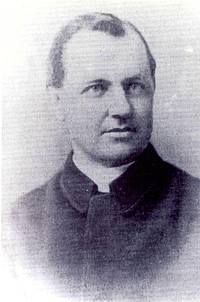
Knockanaffrin (Hill of the Mass) and An Bearna (The Gap) from the Nire Comeragh Place Names Part 2 Now to the Root Words Physical Features: Let`s start with the Celts` liking for naming places after physical features. Probably the most common root word on the Comeraghs is “com” which means marshy hollow. Since there are at least 14 large marshy hollows on the mountains scoured out by glaciers, it`s not surprising to see the name “Comeraghs”, which means marshy hollows, applied to the place. Coum Knockaun means the hollow of the hillock, Coumduala the hollow of the black cliff, The Sgilloges the hollow of the skillet, the Comalochas the hollow of the lakes. “Cnoc” meaning hill and “Carraig” meaning rock are two other important physical feature root words. Knockavannia means hill of the milk, Knockanaffrin the hill of the mass. Carrickaruppera means the rock of the robber, Carrignagower the rock of the goats, Carrigeen the little rock. Resistant rocky ribs are repr...
